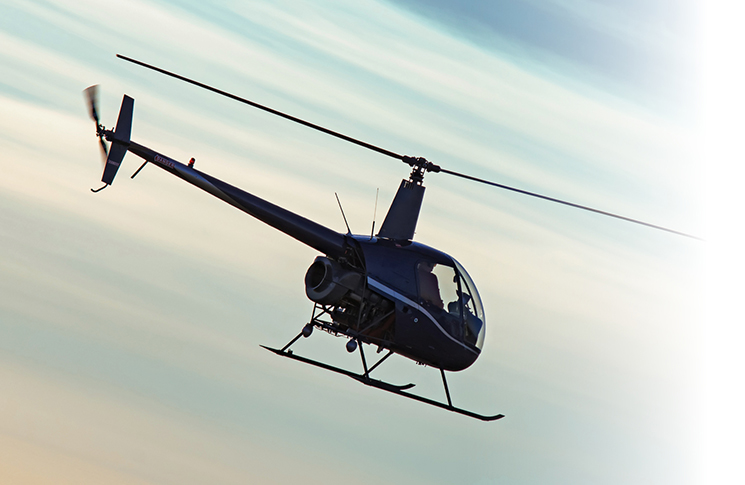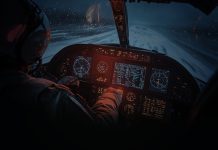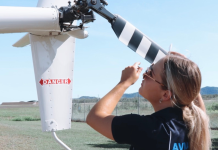The standard response to mentioning pilot incapacitation in a hangar discussion seems to be a joke about dodgy prawns. Like many jokes it’s an attempt to make light of something grim and seemly implacable. But we need to take this safety issue seriously. The brutal truth is, if you have a heart attack while operating single pilot you are likely to die twice – once from heart failure and then in the crash that follows. Your passengers on the other hand will only die once – but it will be because of you.
Detecting and avoiding potential pilot incapacitation is one of the main functions of the Australian aviation medicine system as part of providing a high level of assurance to the aviation industry, for aircrew, the travelling public and the third-party bystander on the ground.
An ATSB report in 2006 by Dr David Newman finds the largest source (21%) of in-flight pilot incapacitation events is food poisoning, followed by smoke and fumes (12%). These causes of in-flight incapacitation could be considered as outside the control of an aircrew medical given by a doctor.
The report also found that pilot incapacitation due to fitting, heart attacks and loss of consciousness accounted for approximately 20% of the cases. If you suffer a heart attack in flight in a single-pilot operation, the statistics indicate that 63% will result in a fatal accident.
Fatal pilot incapacitation is sudden, but it is only very rarely without warning. For those who know where to look the signs can be seen sometimes years earlier.
Notably, Dr Newman concluded, ‘None of the fatal accidents were a result of an otherwise fit and healthy person suffering some form of short-term physiological impairment or minor, yet incapacitating illness. All the pilots involved in this series of fatal accidents had significant medical conditions that declared themselves in flight.’
The significant medical conditions could be latent and not known, or known to the pilot but not declared, or being managed by the aviation medicine system.
A pilot relying on their aircrew medical being renewed each year, to pay off a mortgage and put their kids through school, may sometimes be sceptical of the system. However, highlighting some incidents associated with medical science will help pilots better understand that the aviation medicine system has valid and real concerns in making sure aircrew are fit to fly.
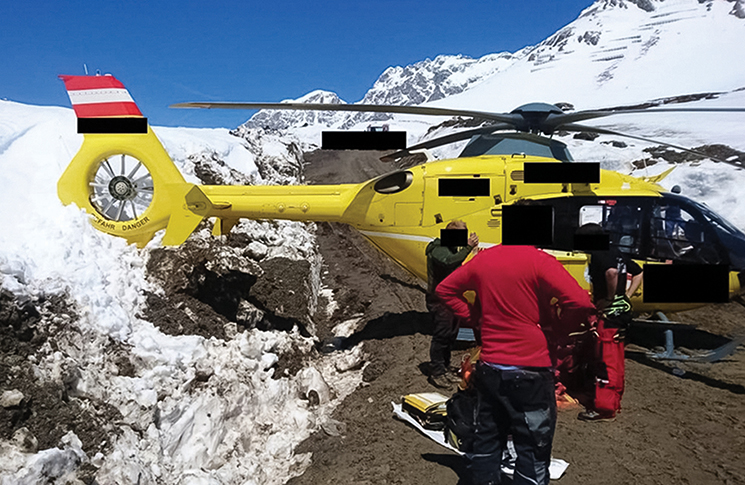
Sicherheitsuntersuchungsstelle des Bundes (SUB)
Seized in the moment
In 2019 the pilot of an EC135 rescue helicopter was repositioning the aircraft on the Austrian snowfields to load an injured person. The helicopter was on the ground operating normally with the rotors turning and generating limited lift which prevented it sinking into the soft snow and ground. As the doctor and aircrew officer were loading the patient into the helicopter, they noticed the aircraft began to slide.
The doctor notified the pilot and looked towards the cockpit. The pilot was observed to be pushing on the pedals with both legs but his hands were clenched at his chest. The aircrew officer realised the pilot was having a seizure.
The helicopter then rotated through 270 degrees, causing the patient to fall from the aircraft and the aircrew officer was injured. The Fenestron tail hit a snow embankment and the helicopter stopped moving. The aircrew officer was able to climb into the cockpit and shut down the engines. The pilot was removed from the cockpit and placed on a stretcher where the tonic-clonic convulsions continued for another 2–3 minutes.
In May 2017, 2 years before this incident, the pilot had suffered an open skull fracture and brain injury in a workplace accident. Apart from some hearing loss in one ear, the pilot appeared to have no other neurological abnormalities. A medical clearance to fly was issued in November 2018.
After the incident, the investigating medical expert concluded the pilot had suffered a tonic-clonic seizure related to the previous traumatic brain injury. Sunlight through the main motor blades can generate photosensitive epilepsy due to flicker vertigo. The emergency doctor concluded this caused the seizure.
However, the EC135 has a rotor frequency of 26 Hz which is outside the generally recognised frequency range for flicker vertigo in aviation literature (2–20 Hz), but it is within the Epilepsy Society’s range (3–30 Hz). The aircraft manufacturer has not had any reports for flicker vertigo incidents.
It was noted the sunlight was not at the right angle through the rotor blades to cause flicker vertigo that the pilot could observe. The report concluded that flicker vertigo was unlikely to be a trigger for the seizure. However, in this case, the pilot had been cleared to fly 18 months after a traumatic brain injury. It was fortunate that the pilot’s medical episode occurred while the helicopter was on the ground.
From a CASA AvMed perspective head injuries vary from minimal to severe and the grounding period varies accordingly. There are a number of factors that determine recovery and grounding period that include mechanism of head injury, symptoms, loss of consciousness, amnesia, seizure and impact on cognitive processes. Not all head injuries require a significant grounding period – a decision on return to flying duties should be made by consulting a DAME.
All the pilots involved in this series of fatal accidents had significant medical conditions that declared themselves in flight.
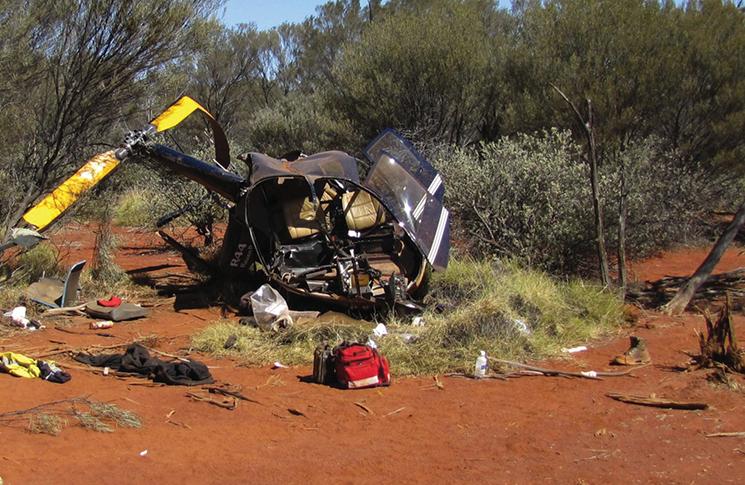
Back-seat nightmare
In 2011 a geophysical survey operation was being conducted in an R44 helicopter in remote Western Australia. Landings were required every 2.5 km and a crew member was carried in the back seat behind the pilot to conduct the survey requirements. After about 80 of these landings, the crew member noticed the helicopter veer off track and descend. He noticed the pilot’s head and torso were slumped forward, with the seat belt shoulder restraints stopping the pilot’s body from interfering with the flight controls.
The crew member tried to rouse the pilot, however, the pilot appeared incapacitated and was unresponsive. Shortly after, the helicopter hit the ground. After the crash, the pilot regained sufficient consciousness to help activate the ELT but shortly after died from their injuries. The crew member suffered significant injuries that required evacuation to hospital.
In 2001 the pilot had collapsed and was observed to have an episode of unconsciousness, from which they recovered without medical intervention. The pilot saw a doctor; however, this information did not make its way into the aviation medicine system. Medical records in 2004 also indicated the pilot was taking medication which was not recorded in the system.
In 2006 the pilot suffered another unconscious episode which was diagnosed as vasovagal or fainting. This information was not recorded in the aviation medicine system; however, the pilot did not hold a current aircrew medical at the time of that incident.
In 2007 the pilot reapplied for a Class 1 medical certificate and did declare the 2006 incident of vasovagal related to fatigue and a viral illness. In subsequent medical questionnaires, this was no longer mentioned. In 2008 the pilot was reported as having been knocked unconscious; however, again this was not reported to the aviation medicine system.
The aircrew medical questionnaires in 2009 and 2010 did not have specific questions about faints or unconsciousness. In 2011 these questions were included in the questionnaire; however, as this was a renewal, the questions were related to incidents within the previous 12 months. It was apparent that the aviation medical system was not able, due to the pilot’s actions, to fully track the pilot’s vasovagal episodes, medications or unconsciousness. If a complete history had been available, further testing may have been required to assess whether a Class 1 medical could be issued.
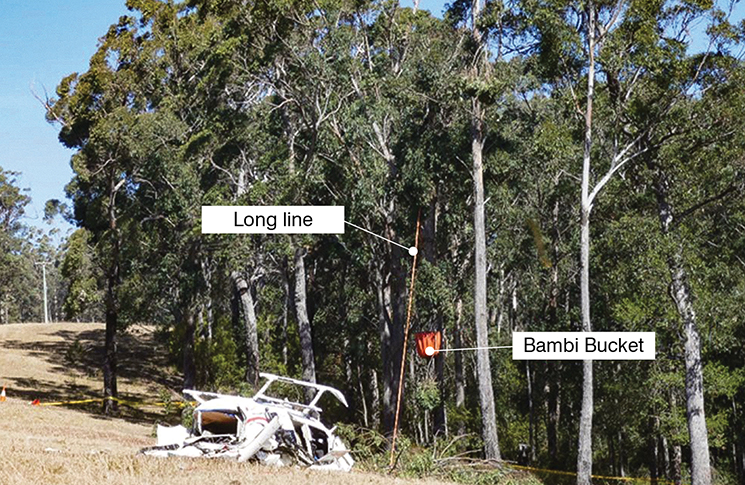
Pulled down
In 2018 a BK117 helicopter was conducting single-pilot firebombing operations on the NSW south coast. The helicopter refilled its water bucket from a lake and transitioned from the hover to start flying back to the fire front. This had successfully been completed about 4 times that day. The helicopter was approaching the fire front when observers on the ground saw it veer off course and descend. The water bucket became tangled in trees and the helicopter was pulled to the ground. The pilot did not survive the impact.
The autopsy indicated health issues with the pilot’s heart, specifically acute lymphocytic myocarditis and ischaemic (coronary) heart disease. The pathologist concluded that these issues may have caused sudden incapacitation. Myocarditis is an inflammation of the heart muscle often caused by viruses. The report stated the myocarditis is unlikely to be identified during a standard aviation medical examination.
The symptoms typically include chest pain, rapid or abnormal heart rhythms, shortness of breath at rest, fluid retention, fatigue and normal viral illness symptoms. These symptoms would need to be identified by the pilot and medical advice sought before undertaking flying duties.
The pilot had been observed earlier in the day having trouble writing down a position to fly to that had been passed clearly over the radio. One medical consultant commented that this may have been associated with myocarditis-related arrythmia or transient ischaemic attack. The pilot was also taking an over-the-counter antihistamine that was not approved for flying duties. The pilot had renewed their medical certificate 3 months earlier and had recorded a normal ECG.
The ATSB report concluded that an incapacitating medical event led to the collision with terrain. Although a specific conclusion of myocarditis or heart disease was not reached, it is timely to consider how fit we are to fly.
Fit to fly?
If you have suffered a recent illness, even a mild one such as a virus, you may need a clearance from a DAME to return to flying. If you are feeling unwell before or during a flight, it might not be wise to fly – even if the operational need is high, as in this case with fighting fires. Many over-the-counter medications are not compatible with aircrew duties.
CASA Deputy Principal Medical Officer Dr Tony Hochberg says the medical system can give you plenty of advice and help on leading a healthy lifestyle to reduce the risk factors associated with sudden incapacitation.
‘The CASA website provides resources on pilot wellbeing,’ he says.
‘A list of approved, hazardous and prohibited medications is also published on the website. There are also non-medical actions a pilot can take to minimise the consequence of a health issue being identified.
‘As you get older, moving from a single-pilot style of flying into a multicrewed operation will give longevity over your flying career if you have a “with copilot” or “as copilot” restriction. In this role, you can also impart some of your years of experience onto a new generation of pilot.’
Even if you lose your flying medical completely, there are many jobs you can fill in an aviation company such as in safety, operations or management, where you can continue to contribute to the industry and earn a wage. It isn’t the end of the world if the medical system identifies a serious health issue. But it is the end of you if you are the only pilot and lose consciousness.

